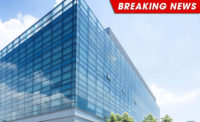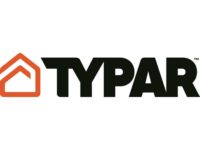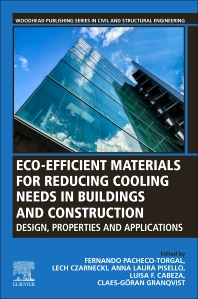Honeywell announced that one of its low global-warming-potential (GWP) materials is being incorporated into a new solution for producing foam used in applications.
Honeywell’s low-global-warming-potential Solstice Liquid Blowing Agent (LBA) is being used in new foam systems developed by The Dow Chemical Company to make integral skin, or I-Skin, foam.
Blowing agents are critical for foam systems because they cause the foam to expand properly, significantly impact the foam’s performance, and make it easier to manufacture. Solstice LBA was developed as an ultra-low GWP replacement for a range of hydrofluorocarbon, or HFC, blowing agents that are being phased out by the U.S. Environmental Protection Agency (EPA) to reduce the use of high GWP materials. Use of HFC blowing agents in I-Skin polyurethane foam applications will be banned in the U.S. beginning Jan. 1, 2017.
“Dow can now offer its customers I-Skin foam systems that are HFC-free, with comparable or better performance,” said Joanna Minion, global business manager for Honeywell Fluorine Products. “With the EPA mandate to discontinue HFCs in I-Skin foam by year-end, Dow’s adoption of Solstice LBA provides its customers the time required to convert to new systems.”
Dow collaborated with Honeywell and Air Products, which makes catalysts designed specifically to work with Solstice LBA, to develop the new systems.
“The result of our collaboration is best-in-class, HFC-free, I-Skin systems that meet our high performance standards in advance of impending environmental regulations,” said Scott Snyder, marketing manager, Dow. “Our new I-Skin systems will give our customers a competitive advantage, as well as improve the sustainability profile of their products.”
Integral skin foam is composed of a two-part polyurethane system: a flexible, lightweight foam core encased in a thick outer “skin” that is created in a single molding process. Tests of Dow’s new polyurethane solutions, VORALUX for furniture and SPECFLEX for custom molding, demonstrated superior results for a variety of Shore A hardness levels, a critical quality measure.
The systems take advantage of Air Products’ emissions-free catalysts POLYCAT 203 and POLYCAT 204, designed specifically to be used with Solstice LBA.
“Our emission-free catalysts, and the additional catalyst tools like Dabco 2040 catalyst, are targeted and designed to increase shelf stability of Solstice LBA I-Skin recipes,” said Jane Kniss, senior application chemist for Comfort Platform, Air Products. “The synergy of our products in Dow’s new foam systems will help Dow’s customers stay well ahead of the EPA scheduled deadline.”
Solstice LBA, is based on hydrofluoro-olefin (HFO) technology and has an ultra-low GWP of 1, which is 99.9 percent lower than HFCs and equal to carbon dioxide. It is nonflammable (ASTM E-681) and is not a volatile organic compound per the EPA. Solstice LBA is listed under the EPA’s Significant New Alternatives Policy (SNAP) Program. In Europe, it is not listed in the Annex I of F-Gas regulation and thus not considered an F-Gas. It is also registered under the European Union’s REACH program. Honeywell’s Solstice LBA world-scale manufacturing plant in Louisiana started up in May 2014.
Worldwide adoption of Solstice products has resulted in the reduction of more than 30 million metric tons of greenhouse gases to date, equal to eliminating emissions from more than 6 million cars.
Solstice LBA is used in a variety of rigid foam insulation applications, including residential and commercial refrigeration equipment, spray foam insulation, and insulated metal panels, as well as flexible foam applications, such as molded and slabstock foam, and integral skin. For more information on Solstice LBA, visit www.honeywell-blowingagents.com.




